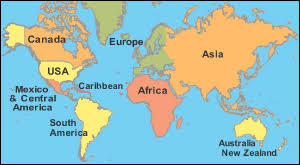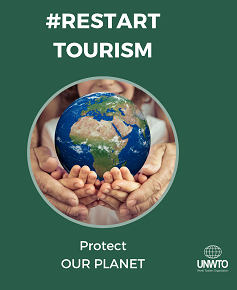Southeast Asia continues tourism arrivals growth

Bangkok: International arrivals into Asia/Pacific destinations grew by a collective 7% year-on-year during the first two months of 2012, according to preliminary data released by the Pacific Asia Travel Association (PATA).
Southeast Asia is the fastest growing destination, followed by South Asia, however, both sub-regions generated somewhat slower growth than last year while North America and Northeast Asia saw an encouraging recovery after relatively sluggish growth in 2011.
North America gained positive momentum reporting 6% year-to-date growth – an outstanding performance compared to the 2% year-on-year increase in the corresponding period last year. Both Canada and the US showed healthy results of 9% for the month of February 2012. Growth for Mexico was relatively slow with a 2% decline followed by a 3% increase for the first two months of 2012.
Northeast Asia has seen an upward growth trend since the last quarter of 2011, posting an aggregate 6% increase for the first two months of this year. Intra-regional flow between each of China and the SARS of Hong Kong and Macau was the main contributor to this volume gain for the sub-region. Korea (ROK) has reported remarkable gains of almost 29% and 22% for the months of January and February respectively, inching closer and closer to the one million visitors mark per month for the first time.
Growth in international arrivals into South Asia was up by almost 10% after the first two months of the year; January saw a robust 12% increase year-on-year, but this was followed with a somewhat slower 7% increase in February. The political situation in the Maldives has had a negative impact on its tourism industry. In February, among a total of four reporting destinations from the sub-region, only the Maldives recorded a decline (-5%) – the first negative result since September 2009. Sri Lanka (+27%) and Nepal (+14%) maintained their strong pace of expansion, leading the sub-region in term of growth while in terms of volume gain, India remains the top destination with an additional 40,000 international arrivals added during the January-February period of 2012, relative to the same period last year.
Southeast Asia reported growth of 14% and 11% in January and February 2012 respectively. Cambodia, Myanmar, the Philippines, Singapore and Vietnam all showed a healthy expansion in foreign arrivals for both months while Thailand registered somewhat slower growth of 8% and 2% for the respective months. Thailand was however, still recovering from the floods of 2011 and this is reflected in these figures. Overall the sub-region registered a 13% increase in foreign arrivals for the first two months of 2012.
Foreign arrivals to the Pacific increased by 4% for the first two months of the year; growth was robust at 6% in January, but much lower at 2% in February. Australia saw an increase of 2% while New Zealand saw a decline (-2%), while travel demand to most reporting Pacific Islands has held up well. Growth for the sub-region was supported by intra-regional flows from Australia and New Zealand and some recovery from Japanese travellers to a number of Pacific destination including Hawaii and New Caledonia.
Martin Craigs, PATA CEO, said: “Even under the current constraints of the global economy, Asia Pacific continues to produce strong performances in international travel flows. This result, after just two months, has generated more than three million additional foreign arrivals into Asia Pacific destinations and puts the region on track to reach our forecast of 450 million arrivals for calendar year 2012.”














